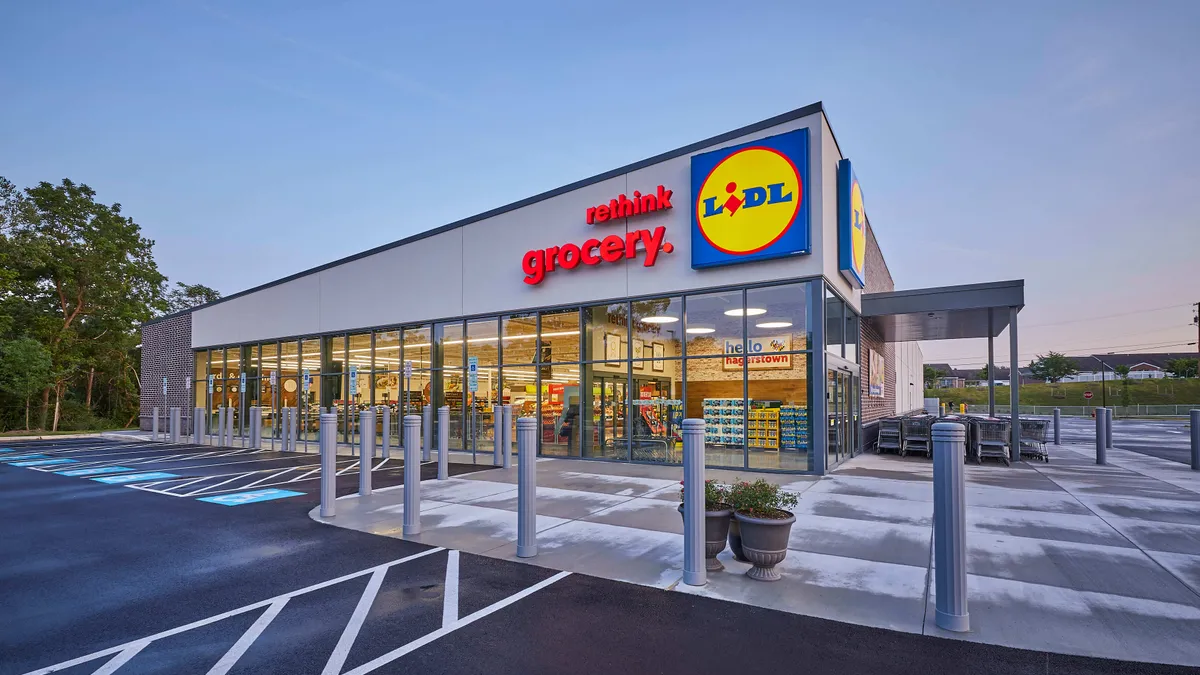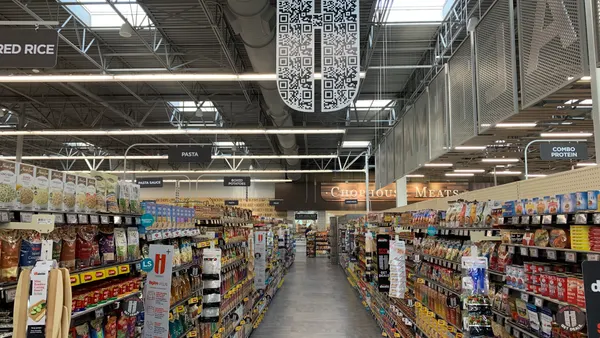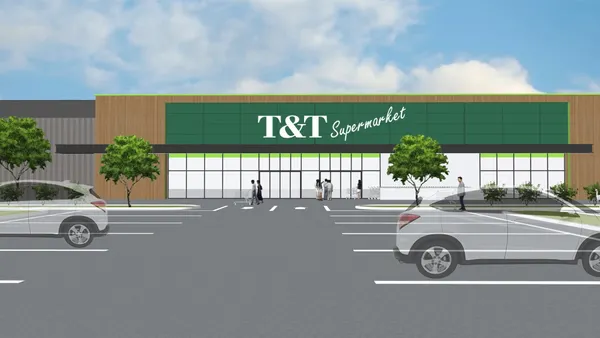Dive Brief:
- Lidl is reportedly selling off store properties across North Texas and San Antonio that it bought in the early stages of its U.S. offensive more than three years ago.
- Earlier this month, the Dallas Business Journal reported the discounter had put 15 undeveloped properties in the Dallas-Fort Worth area totaling more than 83 acres up for sale. In San Antonio, Lidl has put three properties up for sale, according to MySA.com.
- Lidl spokesman Will Harwood wouldn’t comment on the Texas properties and the company’s plans for the Lone Star State. “Our strategic focus is our expansion along the East Coast, where we are opening new stores and warehouses, starting our next wave of store conversions and store openings on Long Island, and significantly developing our operational infrastructure,” he told Grocery Dive.
Dive Insight:
It appears Lidl is pulling up stakes in Texas — a state it targeted for expansion during its overly ambitious early campaign in the U.S.
The discounter began buying up land in early 2017, and possibly even earlier, according to reports, and had reportedly planned to open stores in the region as early as late that same year. It’s not clear exactly how many properties the discounter owns in the Lone Star State, though a report from the Dallas Business Journal in September 2017 identified more than 30 sites that the company either owned or had been targeting as a future site. This included properties in Houston, Tyler, Austin and Bryan, Texas, in addition to those in San Antonio and the Dallas-Fort Worth area.
Lidl still owns undeveloped properties in the state that it has not listed for sale, including four sites in North Texas, and it’s unclear if the company plans to hold onto these sites or eventually sell them.
Well before it opened its first U.S. store, Lidl was scouting and securing sites beyond the East Coast, including multiple cities in Ohio and around the Pittsburgh area. The grocer that had conquered markets throughout Europe was preparing to do the same in the America — but then its first wave of stores faltered. This was due to numerous factors, experts said, including poor site selection and effective counteroffensives from competing chains.
Opening in states like Texas and Ohio would have planted the discounter in highly competitive markets far away from its base of operations. Instead, Lidl chose to slow its growth, adjust its marketing mix and install new leadership. This spring it hit the 100-store mark, which came two years later than initially anticipated but with the company on much firmer footing. Foot traffic at Lidl stores rose 34.4% in March on a year-over-year basis, according to data from Placer.ai, and though visits have slowed during the pandemic, they remain higher than in 2019. June store visits were up 7.5%.
Lidl is now opening stores up and down the East Coast. The grocer recently opened four converted Best Market stores on Long Island and will open two more over the next two weeks — part of a wave of conversions for the 27 stores it acquired in late 2018. It has also opened eight stores in Georgia, including four in the metro Atlanta area, and has more locations in the works. Lidl announced earlier this year it’s building a distribution center in Covington, Georgia, to support its growth in the Southeast.
Despite the many changes since it came ashore in the U.S., Lidl remains focused on its core strategy of offering low prices on private label goods. The University of North Carolina's business school recently released the results of a study Lidl commissioned showing that competitors on Long Island slashed their prices by as much as 15% when it entered their market area.













